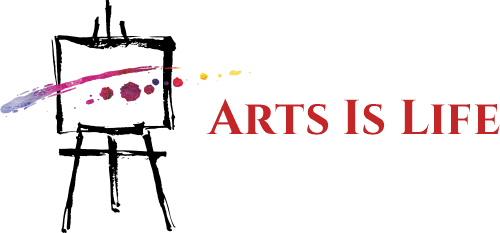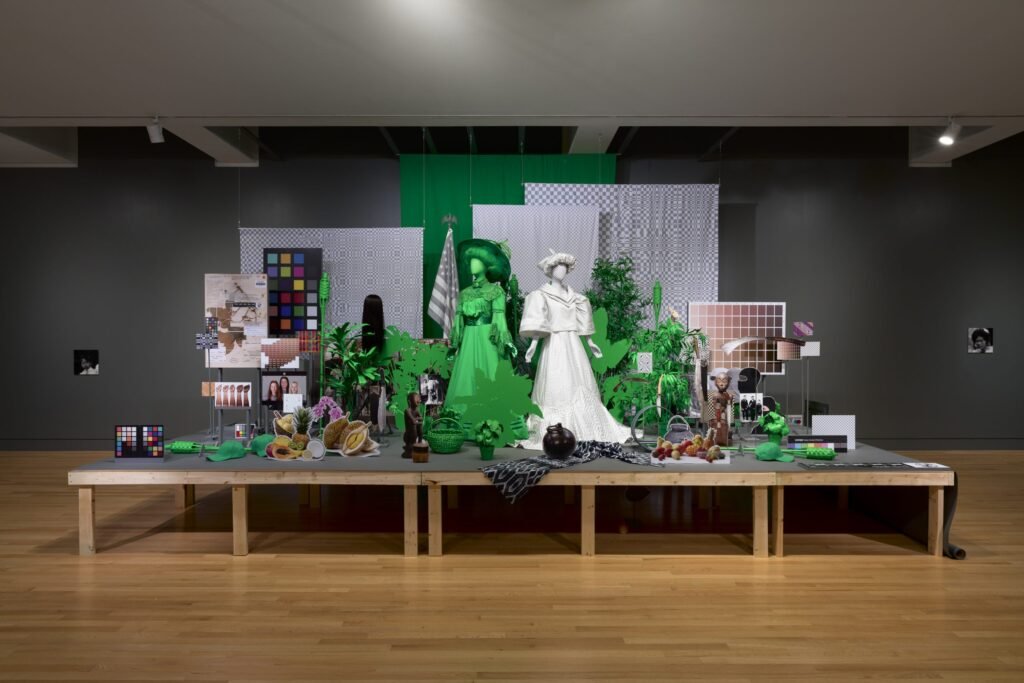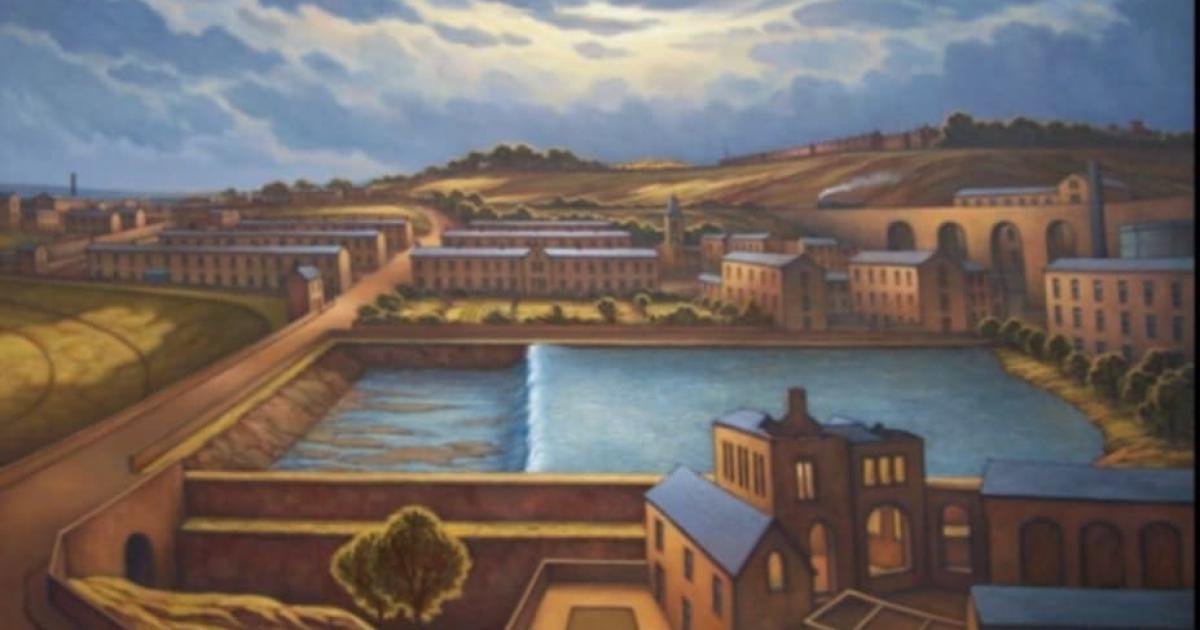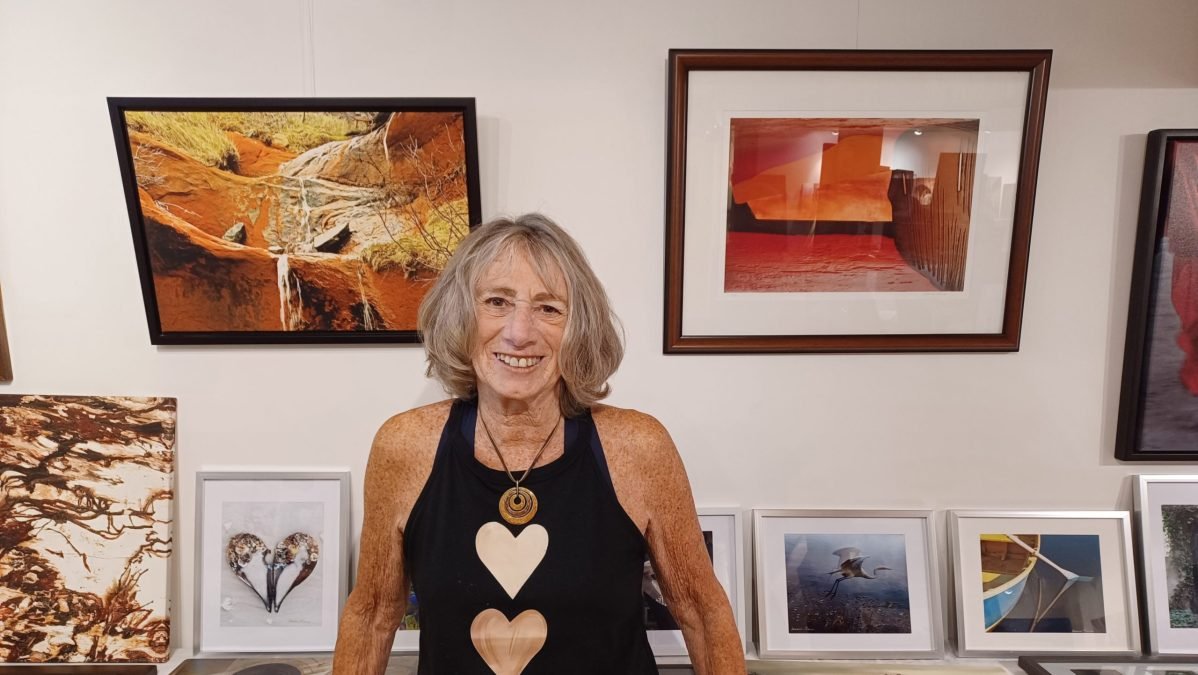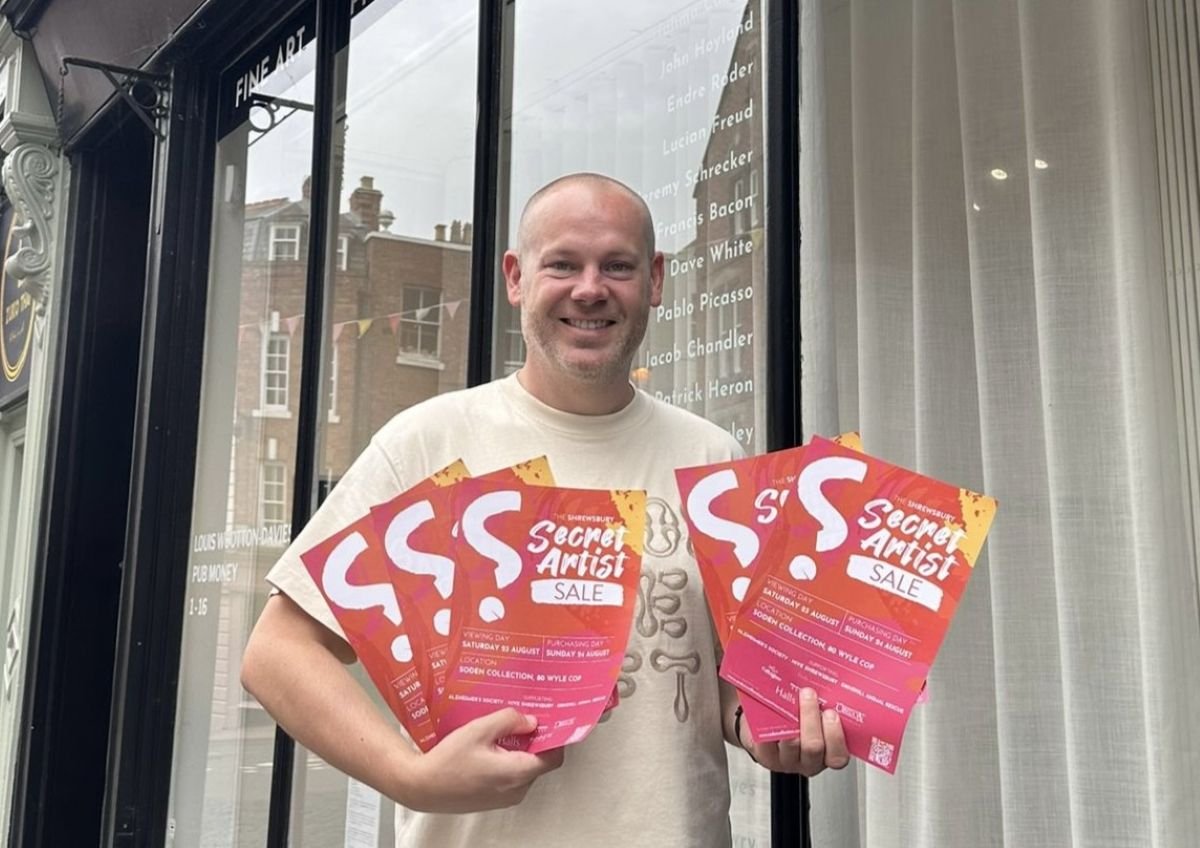
After/Images, a solo exhibition by Philippine-born, Oakland-based visual artist Stephanie Syjuco at the Frye Art Museum, examines how the camera records and constructs American histories. Stephanie’s art reveals the authorial control in image making. Her artistic interventions demonstrate how standing behind the camera — “seeing without being seen” — is a position of power that enables the photographer to shape the visual outcome.
After/Images takes its name from the artist’s 2021 series of photogravures, which in turn reference poet Audre Lorde’s concept of “afterimages” which illustrates the power of provocative imagery in a way that the viewer cannot unsee it.
The large-scale installation, “Dodge and Burn (Visible Storage)” (2019) takes the form of a multidimensional “still life” and gathers over one hundred objects and images related to the U.S. empire, protest movements and internet culture.
A video installation features “Block Out the Sun” (2021) where the artist uses her own hands to cover ethnographic images of Filipinos from the 1904 world’s fair in St. Louis, Missouri, denying the transparency of subjects photographed without their consent.
A centerpiece of the exhibition is the 35-foot-long wall collage “Tender, Sifter, Keeper, Center” (2024), commissioned by the Frye and created by Stephanie from research conducted at the Filipino American National Historical Society (FANHS) headquarters in Seattle.
Here, Stephanie shares how the exhibition came to be, why the color green is prominent in her installations, why her hands covered the Filipino faces in the ethnographic photographs, and about her research process at FANHS.
Joann Natalia Aquino: How was After/Images at the Frye Art Museum conceived?
Stephanie Syjuco: The title After/Images is a proposition of sorts: what comes after an image is taken and enters the historical record? Institutional repositories, archives, and museums are tasked with housing cultural collections, framing historical narratives, and creating research opportunities for future generations. These archives are also rife with omission, racial bias, and a subjective eye toward what should be collected and preserved for posterity. How does one “talk back” to an archive and attempt to potentially re-narrate its documents and images?
For the past decade I’ve incorporated photography into my studio practice —working with images I create in the studio or find via archival research. But my background is cross-disciplinary, so when approached by the Frye Museum to create an exhibition, I worked closely with curator Georgia Erger to present works across multiple mediums — installation, sculpture, printmaking, photography, and even video. By critically focusing on how images circulate and cross into these disciplines, we created an expansive show that examines how the photographic image actually constructs the world around us.
Many of the works we chose were produced in conjunction with visual research at other museums, including at the Smithsonian National Museum of American History (via a Smithsonian Artist Research Fellowship), The Amon Carter Museum of American Art, and the Wadsworth Atheneum, among others. I’ve appreciated getting access to these spaces and being able to dive in to develop my projects.

JNA: The color green is very prominent in your exhibition at the Frye, as in your previous installation at the 2018 Disrupting Craft: Renwick Invitational at the Smithsonian American Art Museum in Washington D.C. What is the symbolism behind the use of green in your art?
SS: For the large installation piece “Dodge and Burn” currently up at the Frye, as well as earlier works such as “The Visible Invisible” which was displayed at the Renwick, I use a vibrant green fabric as backdrops and also as sculptural garment material. These works are fabricated entirely out of green “chroma key” backdrop fabric. Chroma key is a visual effects technique commonly used in digital post production, allowing a video or image editor to superimpose new backgrounds behind a subject. By calling attention to the removable background/backdrop and using it as a material to recreate historical costumes, this work questions how American history itself has been fabricated, manipulated, and constructed — in essence, functioning as a projection screen for convenient (and inaccurate) narratives.
JNA: For the installation, “Tender, Sifter, Keeper, Center” (2024) — an oversized wall collage of photographs and files from the archives of Filipino American Historical Society (FANHS) — you did your research at the FANHS headquarters in Seattle. What was that process like and what were you searching for when you were perusing the FANHS archives?
SS: Getting to work with the FANHS archive was an incredible experience, and I made several trips over the course of three months to conduct research in person since much of the collection is not digitized. The resulting work is an oversized wall collage that presents just a small snapshot of the photographs and files housed there. Founded in 1982 by long-time community activists Dorothy Laigo Cordova and Fred Cordova, FANHS is a treasure-trove for primary research on Filipino Americans as told through oral history, family photos, personal documents, and community records.
As an artist, I rephotographed the physical space of the archive and its contents, reprinting them in an attempt to simulate its material volume. Oversized images overlap, connect, and float on the surface, creating a layered and profoundly personal collection that showcases everything from local labor activism to cultural events and intimate celebrations. A series of videos embedded in the work explores just some of the file folders and albums and shows my hands sifting, turning over, and holding photographs up to the camera so the audience can view them with care.
As an artist who has spent years researching in American institutional archives and attempting to dismantle and critique the ways in which Filipinos, Filipino Americans, and Filipinx are presented through the lens of being colonial subjects, it was profoundly moving to encounter the labor of love that is the FANHS photo archive. At 92 years old, Dorothy Cordova — or Auntie Dorothy as she is affectionately called by her community — still tends to it in order to ensure that current and future generations can access and understand their history through their own images. My artwork centers the FANHS archive as a necessary antidote to the colonial archive, a site of Filipino American history intertwined with American history across generations.

JNA: What is the reasoning behind covering the Filipino faces in the cultural photographs with your hands for the video installation, “Block Out The Sun” (2019), as featured in the exhibit?
SS: In conjunction with my 2019 solo exhibition Rogue States, at the Contemporary Art Museum in St. Louis, Missouri, I researched images in local archives, libraries, and historical societies, searching for photographic documentation of a faux Filipino village created for the 1904 World’s Fair. A newly-acquired colony of the United States, Filipino culture was showcased for the American public via a living “human zoo,” filled with 1200 imported “natives” performing dances and rituals.
These displays served dual purposes: as entertainment and as ethnographic pedagogical tool for justifying racial hierarchy and white supremacy. After seeing image after image of this spectacle, it struck me that the photos, while historical, also serve to constantly reinscribe and reify the power dynamics of the time. Although factual (this indeed did “happen”), the constant effect of viewing these staged ethnographic images could also serve to perpetuate racist stereotypes, despite attempts to frame them as outdated or a relic of their time. These images, unfortunately, still speak for a culture.
By physically blocking the images with my hands, I attempted a direct way of intervening with an archive, and thwarting the viewer’s ability to fully consume the people and faces on display. Over a century after the original photos of the Filipino Village were taken, my own body, sitting in the archives, becomes both a temporary shield and a marker of defiance, while at the same time acknowledging that the images still remain.
JNA: What do you hope people walk away with after experiencing After/Images?
SS: I try to make my work accessible on multiple levels — from simply being visually alluring, colorful, or vibrant, all the way to attempting an academically critical perspective (and hopefully everything in between!). If anything, I want my work to operate with a sense of evoking curiosity — what exactly is it that the viewer thinks they are seeing, and how can I amplify their sense of wonder, even if the work is attempting to deal with tough themes. Are there interesting visual metaphors or frictions being proposed by the work? On a basic level, I think that visual art is a form of questioning what we have been given, and offering propositions for new possibilities. You don’t have to necessarily write an essay to do this work, and to me, the best forms of artwork engage the material senses as much as it does the brain.
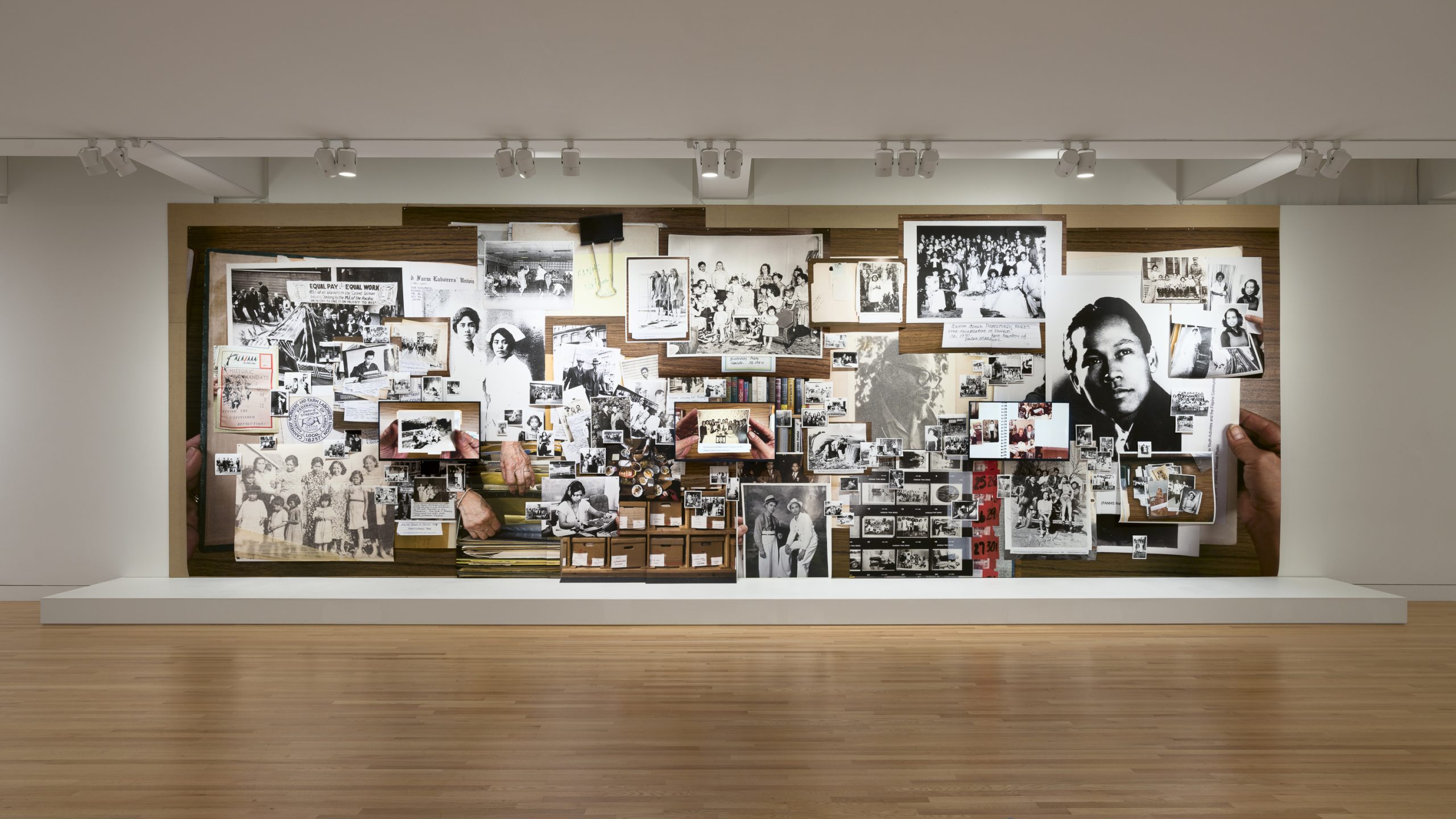
For instance, when viewers see “Tender, Sifter, Keeper, Center,” I hope that they can connect with the richness found in the Filipino American National Historical Society archive, and how the intimate photographs of a specific community can also connect across cultural lines. You don’t have to be Filipino American to appreciate seeing this work — I’ve talked to many visitors who found their own communities and histories mirrored in the work. And for Filipino Americans, there is also a strong sense of being seen when you encounter an artwork in a museum that actually places your experience at its center. As an artist, that’s also very rewarding.
Stephanie Syjuco: After/Images is on view at the Frye Art Museum through September 8, 2024. Admission to the Frye is always free.
